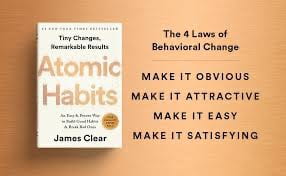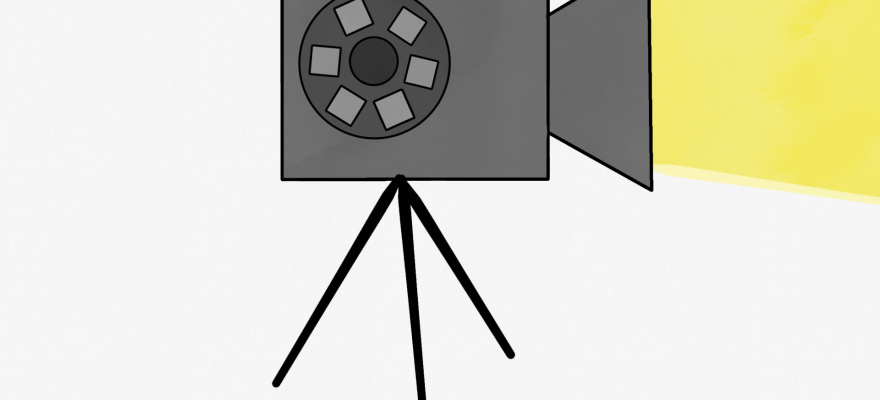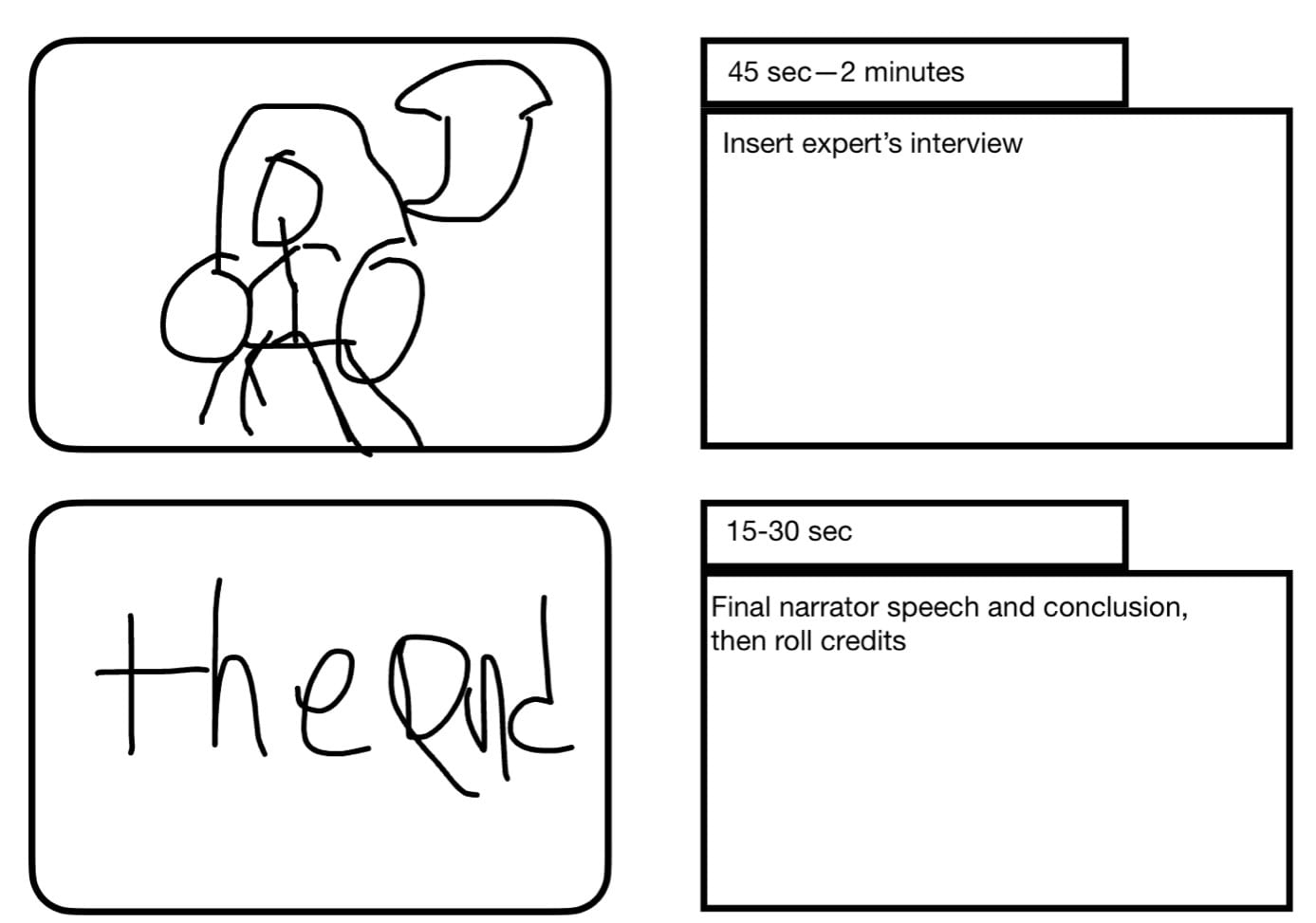The latest PLP project, we explored voting, governmental systems, social contract theory, and the behavioural patterns of humanity to answer the driving question: How do we convince young people that they should vote? So follow me today on a journey through the ups and downs of those project.
We started off our learning by reading the book “Lord Of The Flies” by William Golding. It is a classic novel that explores themes of inner evil, innate human urges, and how successful and unsuccessful societies form.
Here is my reflection and chapter summaries: https://carrots-warn-h8i.craft.me/bFvKU9p9NfwzlZ
I honestly found the book very good: I liked how the author made no unintentional choices and every action is meant to reflect a counterpart in modern societal patterns. Every word is intentional and the book forms a powerful allegory for social contract theory and brings up an interesting debate about innate evil and good in every person.
I do, however, think that this step of the project was not helpful in moving towards answering the driving question: when we later explored the reason why young people don’t vote, the three main ones were
1: Not knowing how to vote
2: Thinking it doesn’t make a difference wether they vote or not
3: Not having the time to vote
So after knowing these three main reason, I ask you, how does a deep understanding of lord of the flies help us learn to influence young people. Common topics the book tackles are mentioned earlier, and none of them coincide with influencing young people to vote. Also, to some extent, the points above are all valid to an extent. Voting does take time, and some people need that time for other things. Also, when you cast your vote it is just one of millions that all have very little effect on their own. Fundamentally if you didn’t vote the election’s outcome would very likely be the exact same. So really the main thing we should focus on in influencing the young is teaching them how the system works this segways nicely into the next part of the project. This is why I think most of this project wasn’t actually helpful in the answering of the driving question.

This segment was started off with a comedy video that explains the Canadian government in a funny and engaging way:
My main takeaway from this video was actually not about the Canadian government, but rather about how engaging the presentation was: I was laughing almost the whole time, which actually helped me retain the information much better. This concept will also be important later when me and my group create our own presentation.
After learning everything there is to know about Canadian government structure, we showed our evidence of learning with a Kahoot quiz.

Now that we knew the information needed to educate young people, it was time to learn how to teach them it. In my opinion, this section is the most critical to a good presentation: no matter how much useful information is in your final presentation, if nobody is listening it doesn’t matter. So we learned about how the most popular modern marketing trends and audience engagement strategies work, and we tried to incorporate these into our final presentation.
The style we used to incorporate our audience was a presentation with an interactive voting activity throughout. We split our group to research six individual issues that are very relevant right now and then found each political party’s stance on the topic and compiled all of this into one document.
Six Government Issues Research Doc
After this, we were finally ready to create our presentation. We worked hard to make graphics, videos, and an overall engaging and informative presentation, and then it was time to present. Unfortunately, our presentation fell slightly short. We had a sick group member who couldn’t come, our timing was off and we didn’t rehearse enough beforehand. If I did this again, I would strive to add more entertainment value to the presentation: ours, even after our efforts, was quite boring. I think comedy would be a useful tool and I think probably the biggest change I would make.
Thanks for reading my blog post! If you want to read this from my groupmember’s perspective check out their blogs here:
https://www.blog44.ca/maxl/2023/12/27/the-great-debaters-winter-exhibition-2023-double-post/
https://www.blog44.ca/tevab/2024/03/16/%f0%9f%8c%b2who-cares-and-why-bother-%f0%9f%8c%b2/
https://www.blog44.ca/sabrinag/2024/03/17/who-cares-why-bother/





























